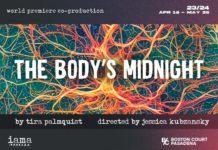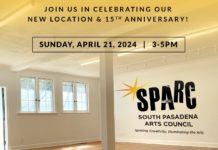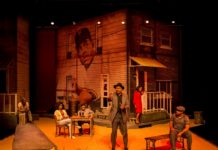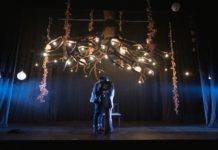
Don’t Leave South Pas without One!
The salesroom and gift shop of the Cawston Ostrich Farm (1896-1935) was ideally located mid-way between Los Angeles and San Gabriel Valley; easily accessible by established steam and electric railway or automobile on freshly-oiled dirt roads. The world-famous South Pasadena ostrich farm even had its own train stop. From downtown, visitors could take South Pasadena Cars on Main Street marked “Cawston Ostrich Farm.”
And of course, after a visit to “one of the strangest places on Earth” tourists left with a souvenir as proof of their extraordinary experience!
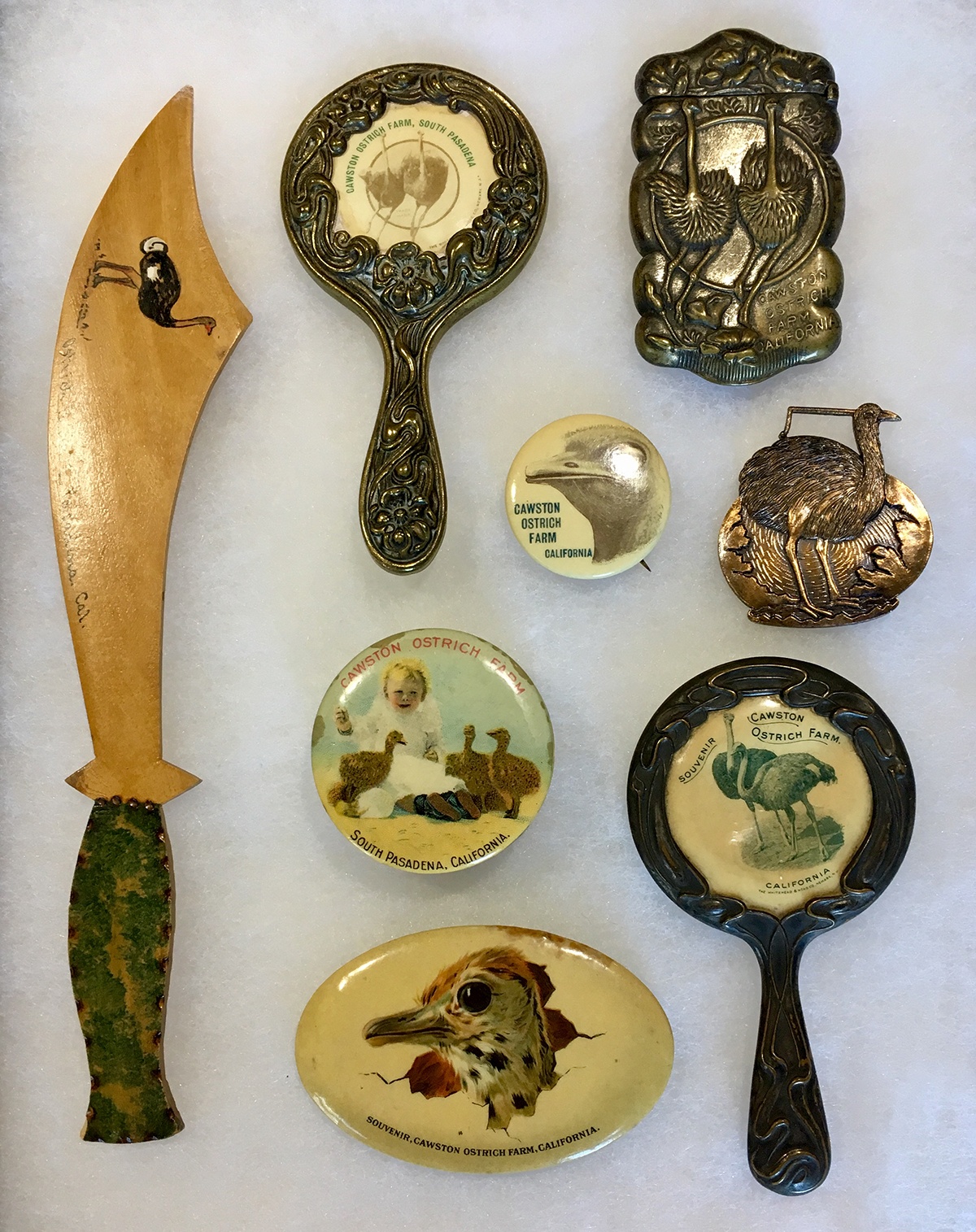
Souvenir sales were brisk at the gift shop. Every trinket imaginable had the Cawston mark on it: pocket mirrors, pocket knives, watch fobs, letter openers, paperweights, toothpick holders, match safes, hand-painted plates, tape measures, buttons, spoons, trays, and more.
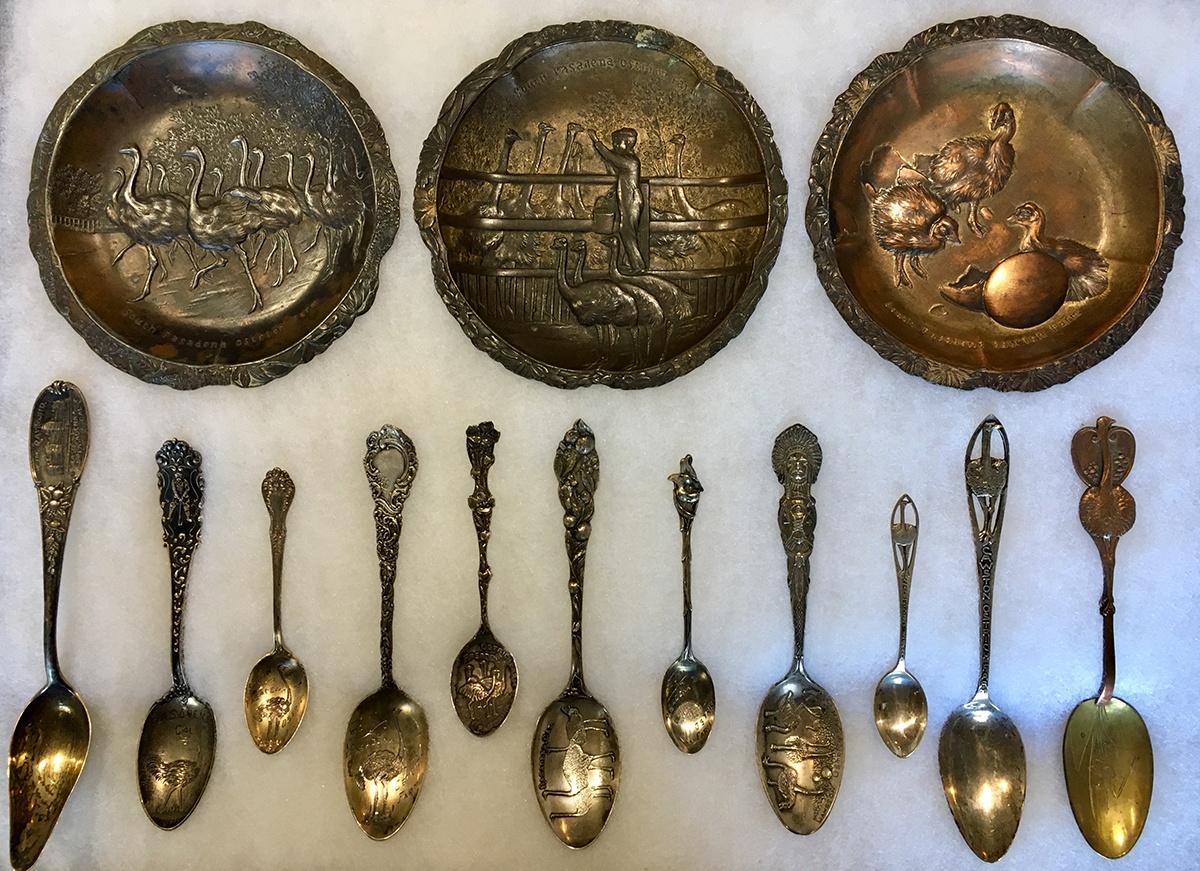
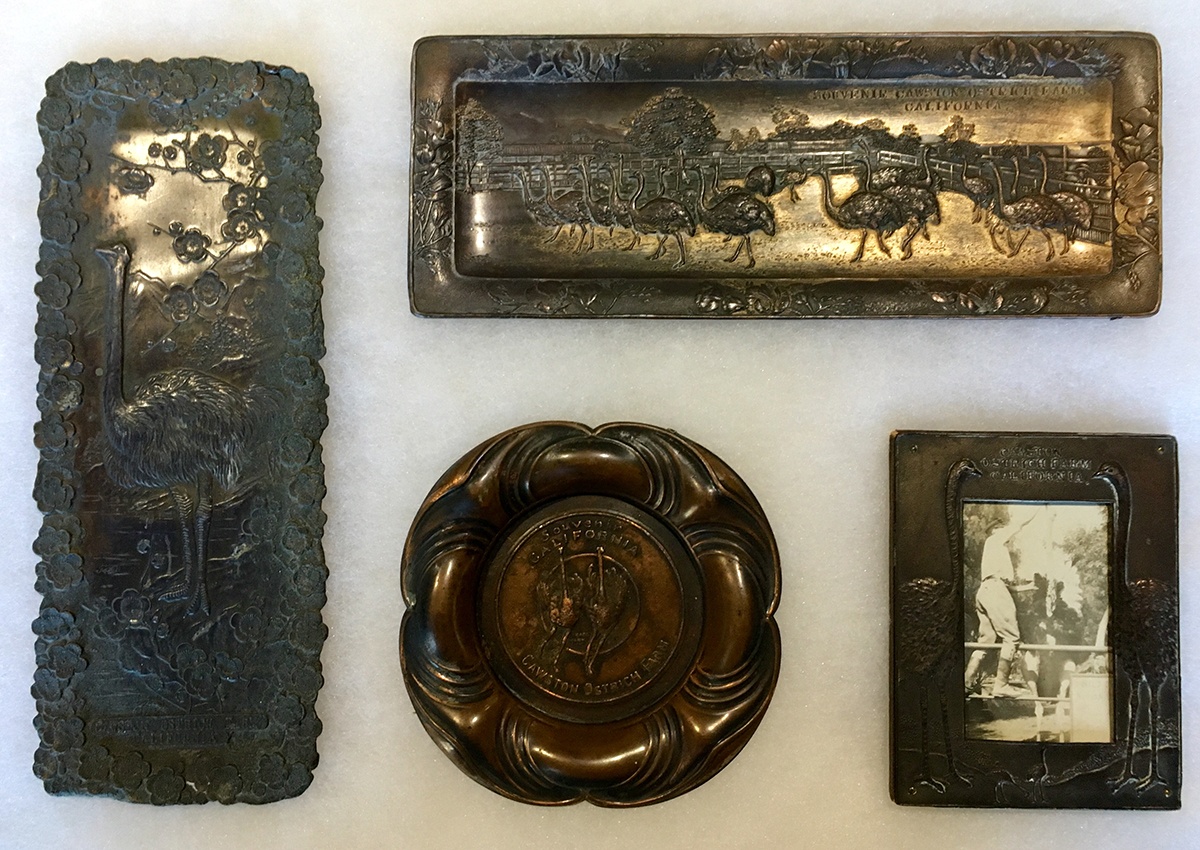
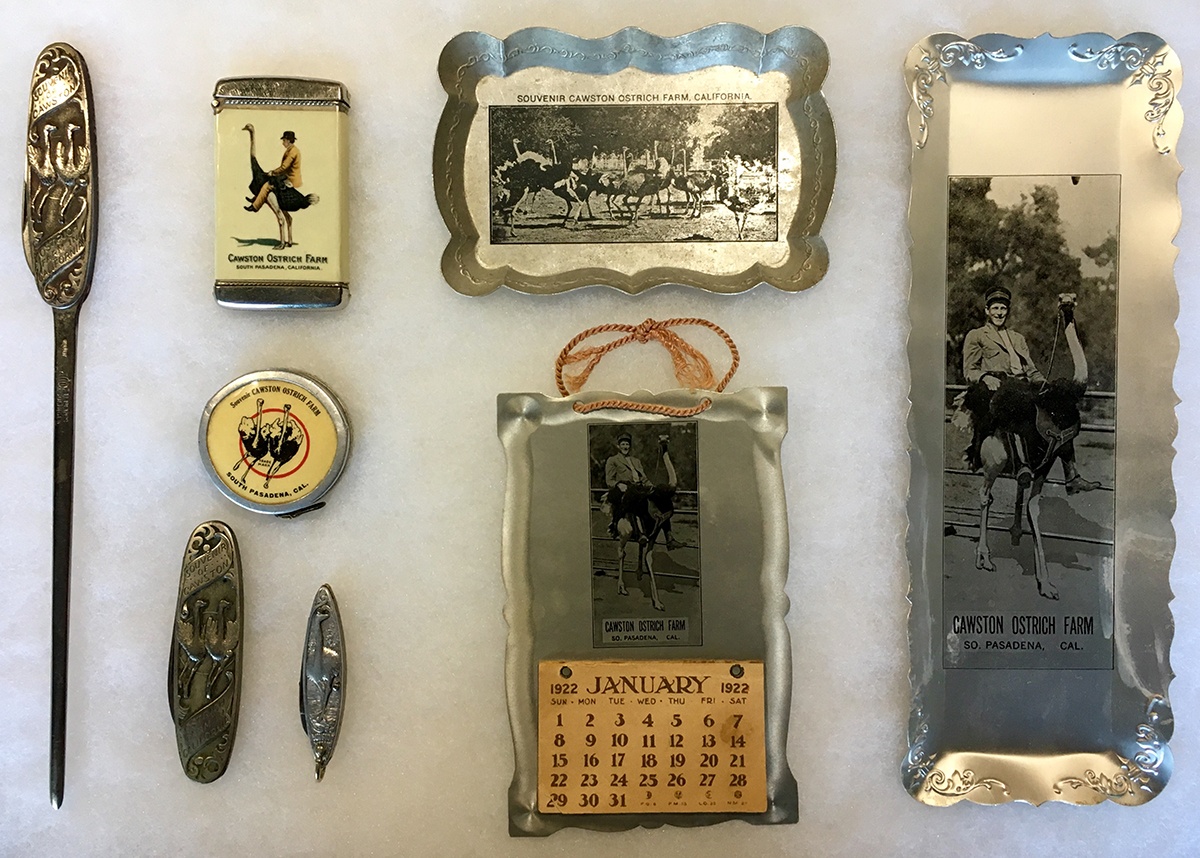
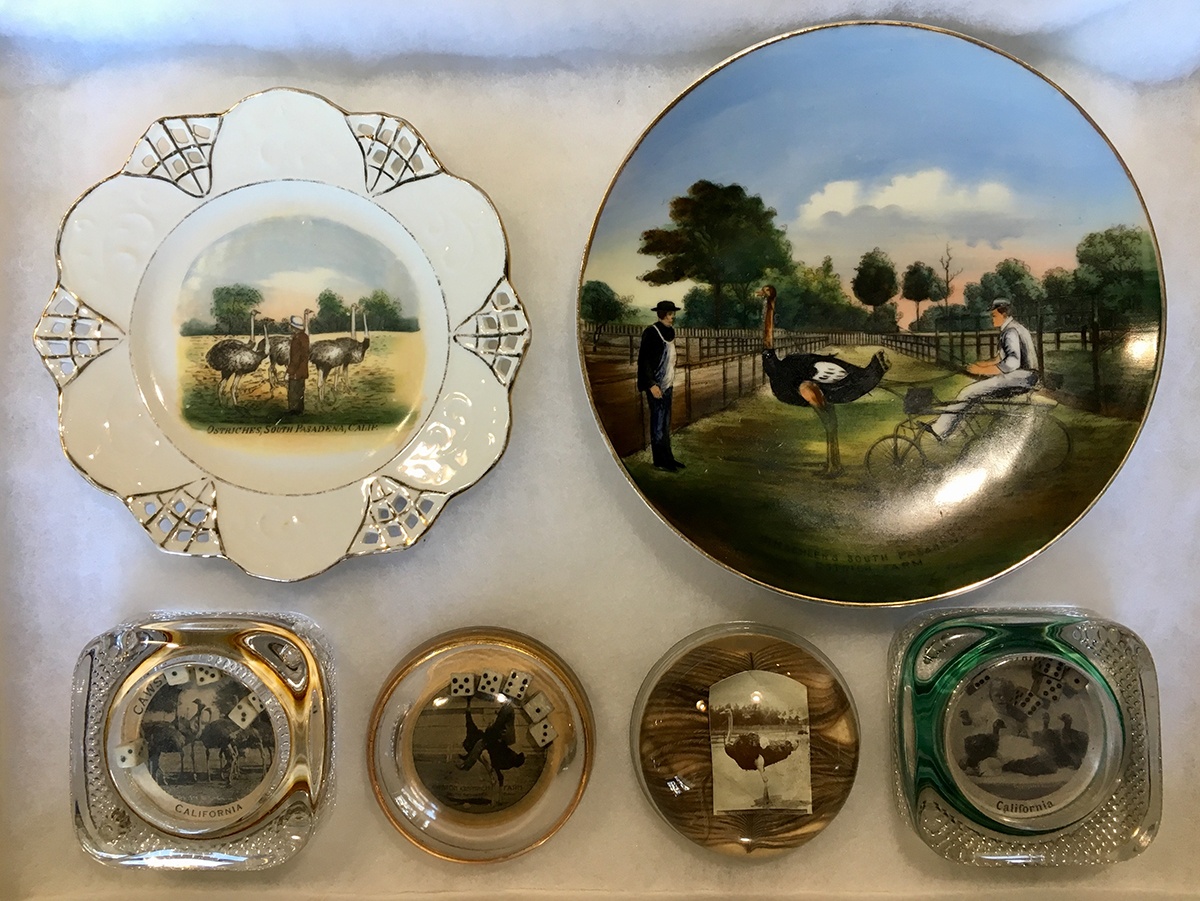
Throwback Thursday is written and produced by Rick Thomas


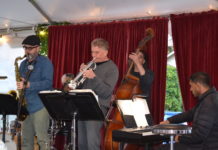


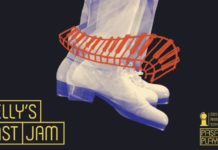

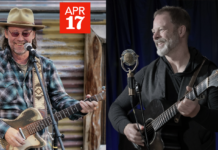
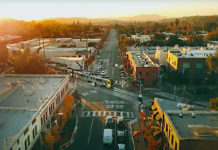

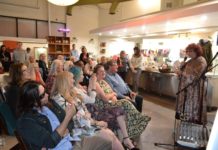
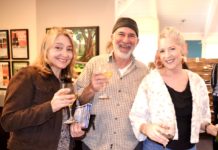

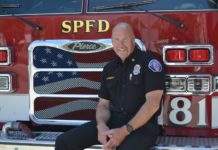
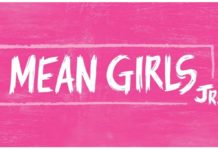
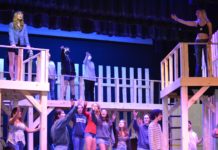
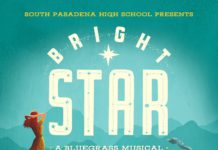
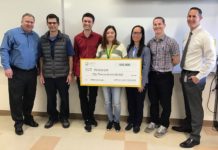


.png)





